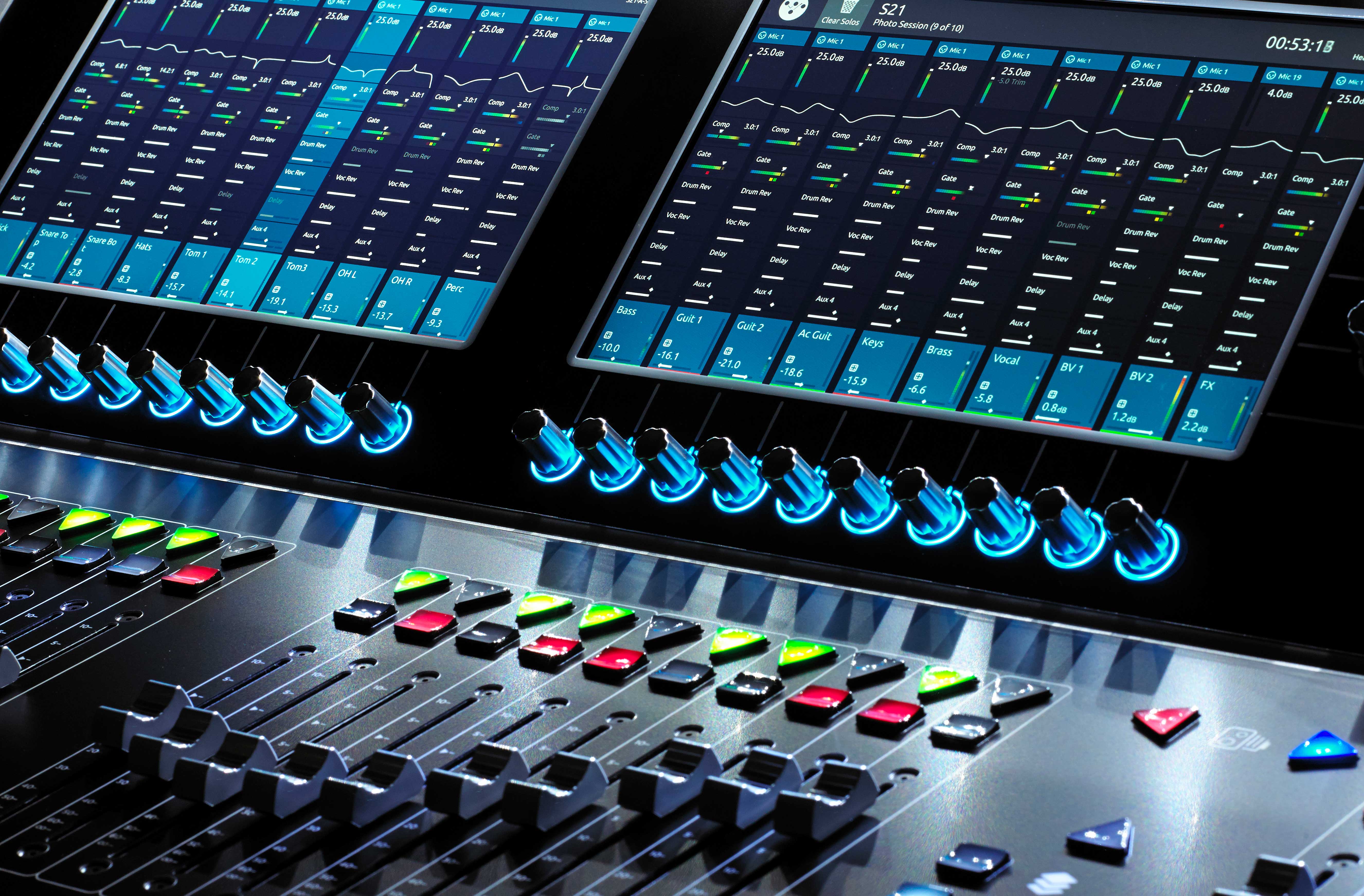We've been hearing so much about PONO, but there really hasn't been many details about this system. That is until now. You can check out the site at
www.ponomusic.com.
You can also watch a video here of music players, engineers and producers all gush about the difference in quality between analog vinyl, mp3, cd and now PONO.
Pono is the Hawaiian word for righteous.
In a nutshell, the PONO player can playback up to 24 bit 192 kHz FLAC (PCM) files.
FLAC has been the format of choice for high resolution downloadable and streamable audio since it was introduced in 2001. Data compression is used to save space, but no audio compression is used, so it is thus a loss-less format with a smaller file size than .wav.
A 24 bit /192kHz two channel .wav file eats up about 4 gigabytes of data per hour!
http://www.theaudioarchive.com/TAA_Resources_File_Size.htm
OK, so isn't the same as HDtracks? HDtracks was started in 2008 by David and Norman Chesky.
They offer digital rights management (DRM) free downloads of high resolution files also up to 24 bit 192kHz. So, yes they both use Pulse Code Modulation - data compressed, metadata enabled FLAC files but HDtracks. HDtracks also offers 3rd party media players and conversion software and even computer audio interfaces.
Here is a great article on the differences in perceived audio quality between 24 bit/96kHz and 24 bit/192kHz .wav/flac and 64x DSD and 128x DSD:
http://www.audiostream.com/content/dsd-v-pcm-file-comparison-16441-2496-24192-64x-dsd-128x-dsd
The $399 PONO player is a 4.5 ounce portable, triangle shaped device with a color touch screen, a micro USB port for both charging and syncing. It contains both an 1/8" headphone output and an 1/8" line level output. It will have 64GB of total internal memory and also include a 64GB microSD card. It will be available in yellow or black. It will come bundled with software for both Windows and Apple operating systems.
Here are a few questions that we would like answered:
1. Does it support USB 3.0? USB 2.0 is so 2001.
2. Is there a balanced output option, possibly by using a USB adapter?
3. What D/A converters does it use? Burr-Brown?
4. Can it connect to your computer or the PONO store via Wi-Fi?
5. Why doesn't it use an E-Ink display? Color displays are nice, but a battery hog.
6. Why doesn't it support Direct Stream Digital along with Pulse Code Modulation?
7. How can it be an end to end system? Wouldn't that imply that it would both record and reproduce sound waves?
8. Why doesn't it have a larger internal storage drive? What type of storage does it use?
9. Is the battery user replaceable?
10. Where is the device assembled?
11. What operating system does it use? Linux?
12. How much internal and external storage memory is available with the file and operating system?
13. Will a future version support recording multi channel audio?
14. Does it have ASIO or CORE audio support? Can it be used as an audio interface?
15. How fast is the internal ram? What is the maximum capacity that it supports for external sd cards?



















